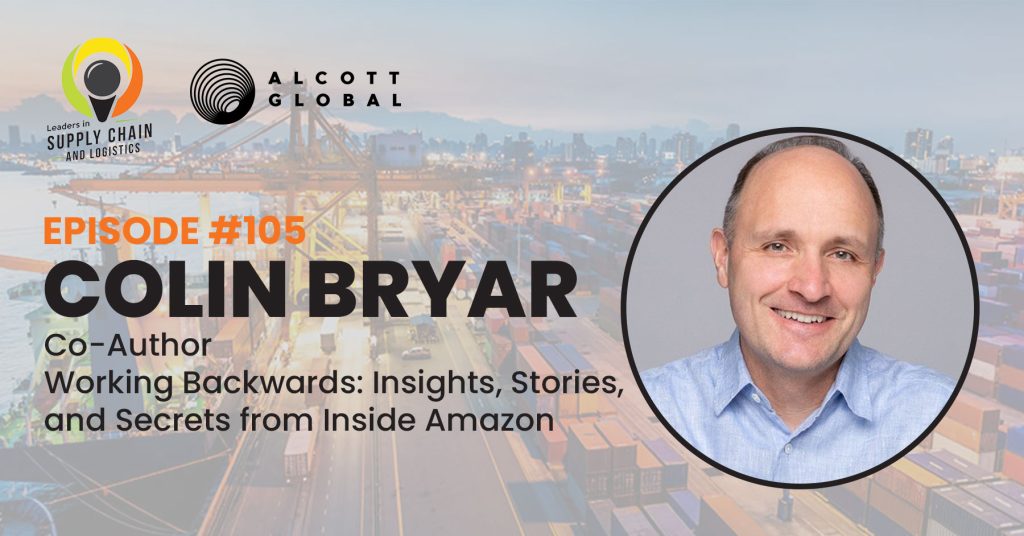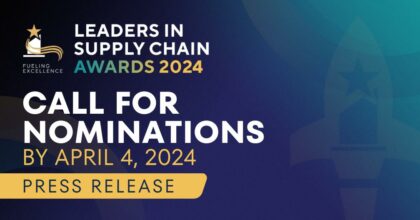Colin co-authored the book, “Working Backwards: Insights, Stories, and Secrets from Inside Amazon,” which is a first-person account of how Amazon created and implemented the principles and processes that have made it successful. He takes you in the room and shows how these principles and practices were used to create four key Amazon business: Kindle, Amazon Prime, Prime Video, and Amazon Web Services. We provide practical steps for applying them in your own organization, large or small. He also is the co-founder of Working Backwards where he helps companies learn how to work backward.
Prior roles include 12 years at Amazon, with roles from Vice President at Amazon, two years as Technical Advisor to Jeff Bezos, COO at IMDb, and COO at Singapore-based RedMart.
Get your copy of Working Backwards: Insights, Stories, and Secrets from Inside Amazon here:
https://www.amazon.com/Working-Backwards-Insights-Stories-Secrets/dp/1250267595
Listen to the full discussion here:
Connect with the Guest:
Colin Bryar: LinkedIn
Some of the highlights from the podcast:
- How did the 14 leadership principles of Amazon come about
- Amazon’s hiring process – bar raiser process
- The organization that moves faster will innovate more – Single-threaded leadership principle
- The best way to fail at inventing something is to make it someone’s part-time job
- Handling customer experience and fulfillment – Amazon’s backward process
Show notes:
- [01:11] How did you start the book? Maybe let’s start with the chapter on the 14 leadership principles of Amazon. Tell us about that and what is the most important to you among the 14 leadership principles.
- [02:55] The way that those leadership principles were discovered was Robin took a poll of the best leaders and most effective people in the company and started interviewing them, and asking them what made them effective at their jobs, and then asked other people why this leader is successful and we came up with an initial draft.
- [06:25] Going a little bit further on the principles, are there certain that made a more impact for you personally, or, or is it all equally important?
- [07:23] The way that we looked at it is, what is the minimum set of principles that you want your leaders to follow when faced with making tough decisions when you’re not in the room? So there isn’t a set of them that jump out above the rest.
- [08:23] Walk us through the process of hiring at Amazon, how was it done?
- [09:36] Amazon has a deliberate hiring process called the bar raiser process. One way in which it reinforces the leadership principles is that each person in the interview loop gets one or two or three leadership principles that they’re supposed to vet for the candidate coming in.
- [11:10] Let’s double click a little bit, what are some of the hiring processes? What is Amazon doing consistently?
- [12:09] Another key part of the bar raiser process is it tries to remove bias, so you can’t tell the next person anything about the candidate you interviewed and before you can place your vote, you can’t read anyone else’s feedback either.
- [17:21] There is a paragraph in the book that struck a chord with me, “speed or more accurately velocity which measures both speed and direction matters in business[…] The organization that moves faster will innovate more[…] So talking about how Amazon uses this single-threaded leadership with the ability to have that speed and velocity? Maybe you can share some examples and some thoughts on how this came about.
- [18:00] This was a problem that Amazon had for years, as the company grew, both the technology infrastructure we are actually slowing down; the more people we added, the longer it takes to do a project.
- [19:46] We realized we were spending more and more time coordinating and communicating versus actually building and getting stuff done for customers.
- [22:59] David Limp who’s right now the SVP of devices has a great quote that says, “The best way to fail at inventing something is to make it someone’s part-time job” which is true.
- [25:04] Let’s talk about some of the failures at Amazon, things that you saw that didn’t quite pick up. And maybe what did it lead to down the line that actually worked out because of those failures?
- [25:40] Jeff has said, a couple of times, it’s not an experiment if you know going into it that it’s going to work. So, if you want to invent, you do have to accept failure.
- [28:26] You talk about metrics, “manage your inputs, not your outputs.” And that’s quite a flip side almost, so maybe tell us a little bit about that.
- [33:25] You can have a composite metric where people can do different things and kind of game the number or you can have a metric that doesn’t actually drive the exact behavior that you want.
- [35:20] How does Amazon thinks about customer experience and designing the product to fulfill that?
- [36:49] At Amazon, the working backwards process, it’s really all about putting the customer front and center from the very beginning of the project, and then working backward from that point.
- [41:12] If you build something that misses the mark because you just didn’t do your homework upfront, that’s an execution error. If you build something and you think customers will be receptive to it and for some reason that consumer behavior is not adopted, that’s a different class of error. So these classes of errors are different so Amazon tries to avoid that first class that I mentioned by using the working backward process.
Quote from the Episode:
Soundbite from the Episode:
About the Host:
The host, Radu Palamariu is the co-author of “From Source to Sold – Stories of Leadership in Supply Chain”. He has been named one of the top 3 Global Supply Chain Influencers on LinkedIn and was featured in Forbes, Bloomberg, WEF, Bangkok Post, and MIT Supply Chain Talent magazine. Radu invites executives to share stories and perspectives around technology, logistics, e-commerce, supply chain, and manufacturing, and their views on how the future will look.
Alcott Global connects and upgrades the supply chain ecosystem by finding the right talent through executive search, developing talent through learning solutions, and meeting supply chain technology needs through a comprehensive crunch base marketplace.
The supply chain executive search has been our focus since the very beginning, offering recruitment services for top-tier supply chain roles at every level of the end-to-end supply chain: plan, source / procure, make, and deliver. Our consultants have years of experience in placing top talent, in North America, LATAM, Europe, the Middle East & Africa, and APAC, and besides speed, one of our biggest strengths is our network within the supply chain industry, and we capitalize on it to find the best solutions.
Through the years, we have grown as an organization and our offerings with it. One of our initiatives, the learning solutions- training and supply chain academy, is focused on transforming leadership- self-leadership, executive presence, influence capital, and business acumen. Through Supplify, we aim to match corporations with the top technology companies to solve their supply chain and logistics challenges with a focus on innovation and digital transformation.
We are in constant touch with the leaders in supply chain, inviting them to inspire the supply chain professionals in thought-provoking podcast episodes and events, and showcasing what is possible at the yearly Leaders in Supply Chain Awards.
Related Episodes:
#101: Kara Goldin Founder & CEO of Hint
#102: Bonnie Fetch Vice President Global Supply Chain at Cummins









